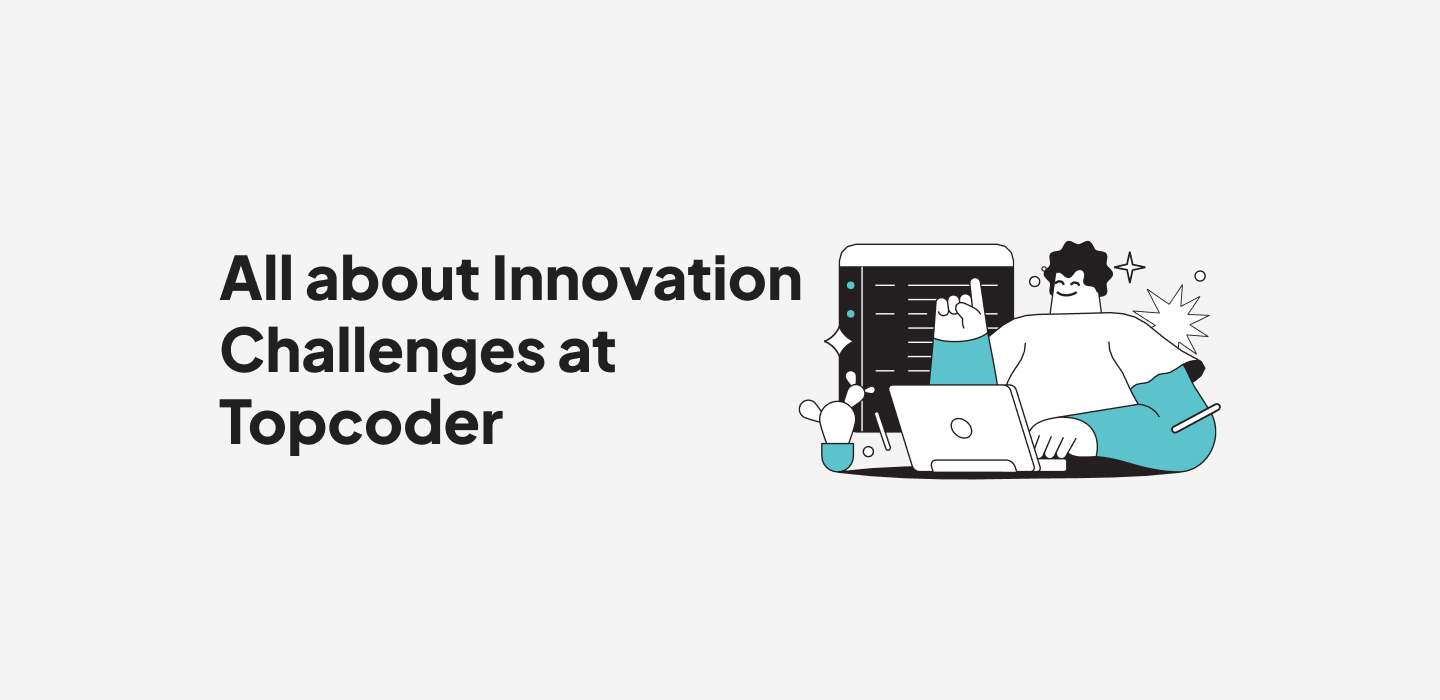March 1, 2021 Digital Identity, Decoding Memes, and Mastering the Use of Freelance Tech Talent with Chris DeLaurentis
This week on Uprisor, Topcoder VP Clinton Bonner talks with Chris DeLaurentis—a.k.a Lazy Bear—Global Director of Innovation at Topcoder. In his role and through the other technology and startup projects he’s involved in, Chris works with the crowd in some really impressive ways.
This a great conversation that covers digital identity and the practical nuts and bolts of innovation using on-demand talent. Listen, watch, and enjoy highlights below.

Making memes mean more
In addition to leading innovation at Topcoder, Chris has a project called Subter, with memes at the heart of it. Subter is an open, secure communications app. When you’re sending communications through a platform like Facebook or Twitter, you’re sending plain text to another party via an intermediary, and don’t know who’s seeing it or how it’s being used. With Subter, you’re using a secure mobile app that encrypts your data, and uses steganography to hide that data. Then you can publish an image onto a public medium with a secret message inside it intended only for your recipient using asymmetric public key cryptography.
Subter combines memes with sophisticated security and privacy technology, and Chris is using Kickstarter to raise money for the project. He tapped Topcoder to develop a working prototype, because as he put it: “I know that I can actually deliver this application through the platform.” Check out designs created for Subter by talent in the Topcoder community.
How to work effectively with crowdsourced talent
If you’ve ever worked with a freelance contractor in the past, you’ve likely either said or been told, “Oh, what I really meant was such-and-such, not this.” C-level executives and team leaders often shy away from using freelancers because of these perceived pitfalls and the ensuing delays that they assume will happen. Chris says this is the number-one problem for anyone using on-demand talent, but it can be overcome through a strategy that refocuses on communication:
- Get a copilot: A person who acts as a liaison between you (and your big ideas), and the freelancer or on-demand team executing your ideas. Your copilot should help to gather your thoughts and strategies, ensure it’s all ready to go, and then translate that to the freelance team in the technical language the team needs to do the project well.
- Focus less on the technical platform you use to manage your on-demand talent, and focus more on breaking your ideas and strategies into clear, concise ideas that are easy to communicate.
- Check-in constantly to make sure people are hearing what you intended them to hear, and that your directions, feedback and approvals convey everything that’s needed.
Creativity with constraints
Another key to successful collaboration? Don’t stifle innovation by giving your freelance contractors too many constraints.
- You don’t have to come up with a didactic stack and specific technology requirements or restrictions (unless using a specific stack is core to your project).
- Allow your on-demand talent and community to make their suggestions, and bring technology ideas and recommendations.
- By empowering them with strategic guidance, but also free rein to innovate, you improve the final outcomes regardless of your industry or business application.
Thanks to Chris for sharing his insights into the intricacies of working effectively with the crowd, and for validating the use of memes in modern communication. For more tech conversations centered on the future of work, check out the Uprisor podcast.
“I communicate 90% of the time online with memes. So I figured, what if I could make memes mean more? Read between the lines and hide something in those memes that only my receiving party would understand or be able to decode and see?” —Chris DeLaurentis
Annika Nagy



